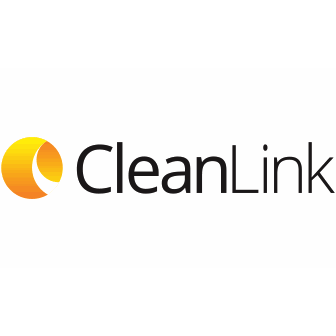Hotels throughout the U.S. and Canada are no stranger to critiques pertaining to cleanliness. For years, national news media has been conducting “spy” investigations to test germ levels on everything in a hotel room from phones, remote controls and drinking glasses, to beds, light switches and desk surfaces.
Last year, Marketplace tested 54 hotel rooms in Vancouver, Montreal and Toronto across six of Canada’s biggest hotel chains. The hotels tested included budget options, mid-range hotels, as well as higher-end rooms. For this year’s investigation, rooms in the same hotel chains in Toronto, testing three rooms per hotel.
Under the guidance of Keith Warriner, a professor at the University of Guelph, in Ontario, and one of Canada’s leading microbiologists, the hotel rooms were tested both for general cleanliness and for a variety of germs that can’t be detected by the naked eye.
The tests included visual inspection with a black light; microbiological testing for germs including bacteria, coliforms — which could indicate fecal contamination — and antibiotic-resistant superbugs. There was also a hidden camera test to document housekeeping practices. Samples were also taken from ice machines and tested the ice for coliforms.
Testing confirmed that some hotels have taken positive steps in their cleaning practices, while other problems remain.
In last year’s investigation, ice machines in all six hotel chains were found to contain coliforms, a possible sign of fecal contamination. In one instance the tests found a strain of E. coli. This year’s testing, however, found clean ice in every hotel tested.
Air vents — a site of visible mold growth in last year’s tests — also appeared to be cleaner.
However, results from microbiological testing found superbugs at all chains except one.
MRSA, which is an antibiotic-resistant strain of Staphylococcus bacteria, was found on a variety of frequently touched surfaces in hotels, including a TV remote, bathroom counter and lamp.
One test also found C. diff on a toilet seat. While MRSA and C. diff may not be an immediate threat to healthy individuals, they can pose problems for those who are sick or have compromised immune systems.
This year’s examination suggested that while housekeepers were often diligent, test results at some hotels revealed widespread cross-contamination in some hotel rooms.
“What the study’s really showing is that they’re not sanitizing the room. They’re cross-contaminating rooms,” says Warriner. One of the causes of the cross-contamination, according to Warriner, may be lack of proper equipment, and insufficient use of sanitizer.
In some hotels, hidden camera testing revealed that the cleaning caddies provided to housekeepers may allow sponges, cloths and toilet brushes to come into contact with one another, allowing cross-contamination.
Source: http://www.cleanlink.com/news/article/Follow-Up-Cleanliness-Tests-Revealing-For-Hotels–16225






Comments on this entry are closed.